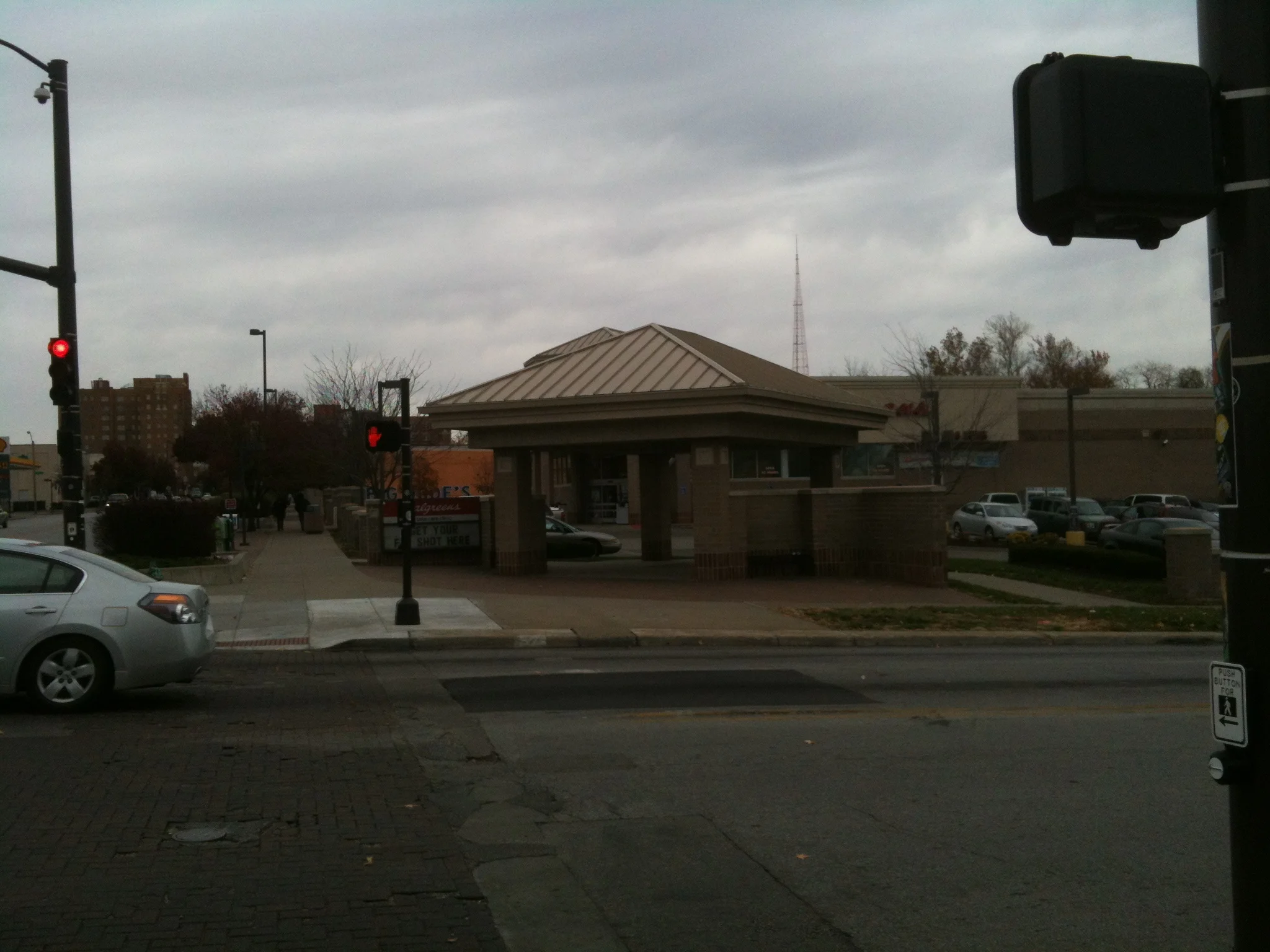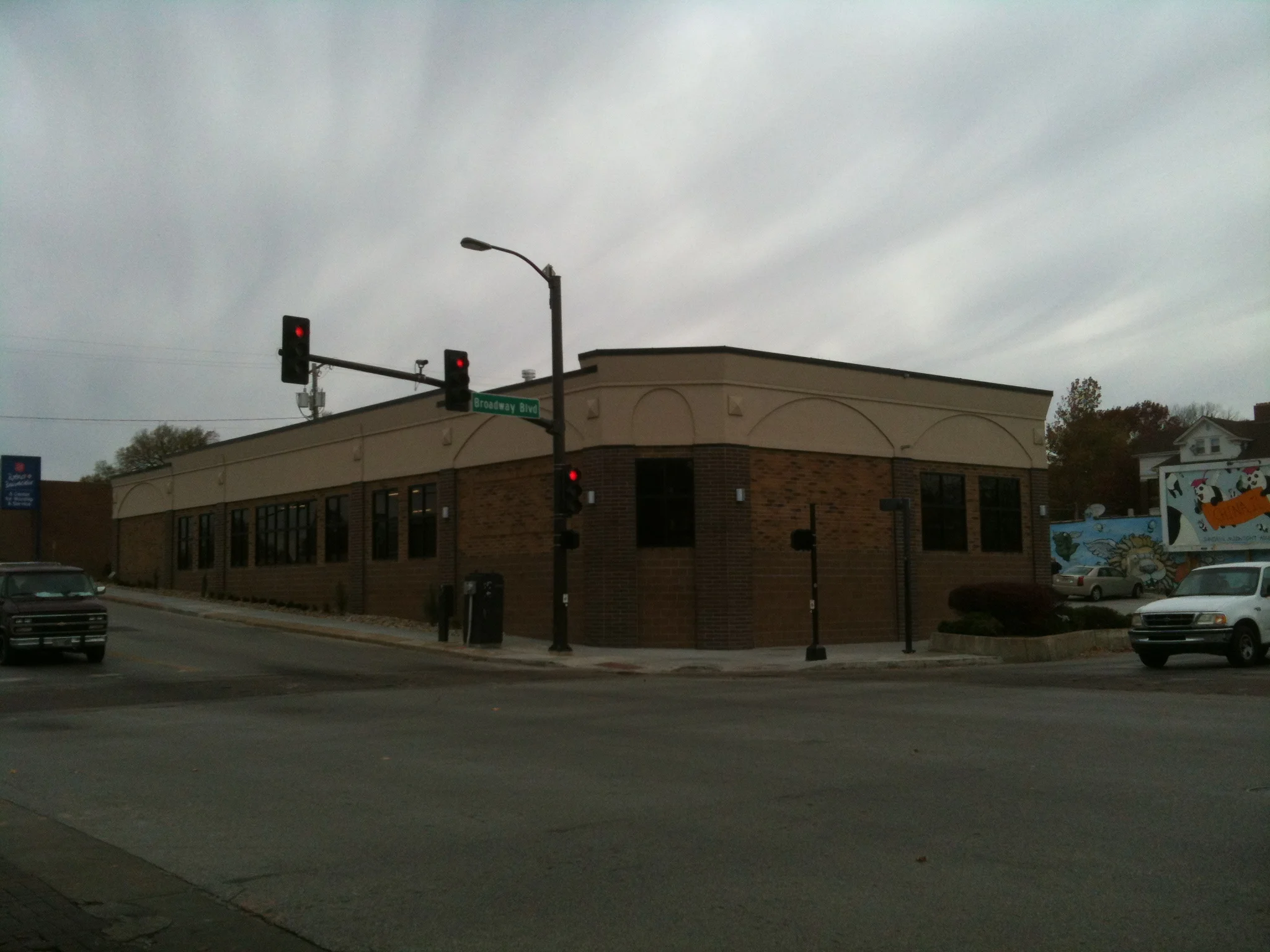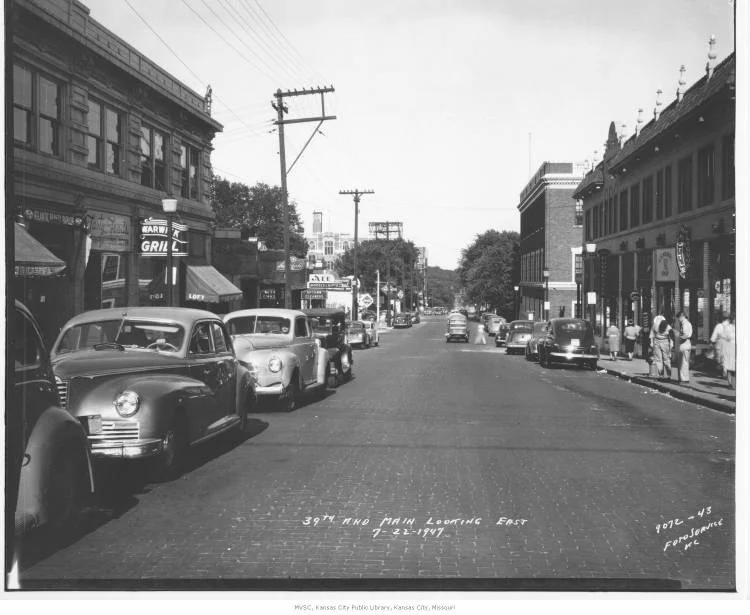How to Destroy Your City, in 3 Easy Steps
EXT: A NEIGHBORHOOD CORNER STORE A lively setting: people walking, talking. Store owners chat with customers on the sidewalk.
EXT: A NEIGHBORHOOD CORNER STORE
20 years later, same location. A lonely street: buildings boarded up or turned into low-rent uses. Few people seen walking around. Generally dismal.
It’s a common theme or scene in so many movies. (The movie Back to the Future comes to mind for me) The old neighborhood, once thriving and lively, is now a virtual ghost town. We’re left to think this simply is how life is. The sands of time turn what was once something good into something bad, through the mysterious process known as change. It’s inevitable, right?
Or is it?
Today’s feature: how to bring about this change, in 3 simple steps. Want to ruin your neighborhood, town or city? Then all it takes is to follow the method outlined below, as countless places have done.
- Change the streets so it’s safe for cars to drive really fast
- Force new buildings to ignore the street
- Welcome any and all development – it’s all good
Need some more direct guidance? Just look at the intersection of 39th and Broadway, in Kansas City, Missouri. At one time, this intersection was one of many thriving, walkable places in Midtown Kansas City. Serviced by streetcar lines running east-west and north-south, the streets were a lively mixture of transit users, pedestrians and cars. Visiting it today, it’s virtually impossible to imagine that scenario. Here’s what happened:
- The streets were modified so that cars could drive really fast. Streetcars were removed, parking lanes removed on 39th street, and both roadways maximized the number of traffic lanes.
- Development regulations (primarily zoning) put in place over the years emphasized suburban-style approaches. Buildings were to be set back from the street, parking minimums were required, and entries were shifted to parking lots instead of the street.
- As the city became less prosperous over the years, the mentality that any development is good development took over. In the name of rebuilding, generous tax incentives were given, and city officials became weary of putting any restrictions on developers, for fear that it would drive investment away. A poverty mentality settled in.
So what are the results? 3 corners of the intersection have been rebuilt in the last decade, and not a single corner has a door along the sidewalk, in the middle of the city. The intersection has gone from being a lively, urban crossroads to a no-man’s land that feels unsafe and ugly. It’s a place to get through, instead of a place to get to. Despite the good intentions of many people, this is nothing but a colossal failure of planning and zoning. Cue the images:
In many circles, it’s considered radical thinking that areas such as these (again, in the middle of the city) should be bike and pedestrian-friendly, and that we should take direct measures to make them so. For example, make the cars slow down, put back the on-street parking, place buildings and entries along the sidewalk, provide quality transit, and on and on. Heaven forbid! How will people get around?!
But the truly radical thinking was to willfully destroy so many places to begin with. Through acts small (like this example), or large (ramming freeways through urban neighborhoods), we purposefully ruined thousands of neighborhoods, towns and cities, in an effort to be “modern.” We took models of human settlement that have worked for thousands of years, and forced a radical new paradigm that suggests we should have a lifestyle assisted by a machine.
If we’d laid out a plan to destroy our cities, we could hardly have done any better. If the city fathers of Kansas City had hatched a plan forty years ago to ruin this intersection, they could hardly have done better. If you want to do the same for your town, just follow the three simple steps.
If you got value from this post, please consider the following:
- Sign up for my email list
- Like The Messy City Facebook Page
- Follow me on Twitter
- Invite or refer me to come speak
- Check out my urban design services page
- Tell a friend or colleague about this site







